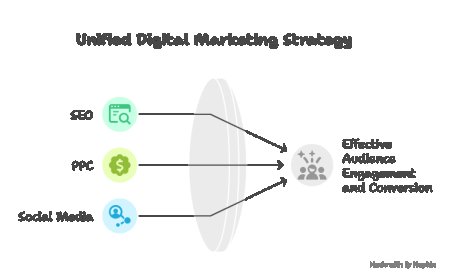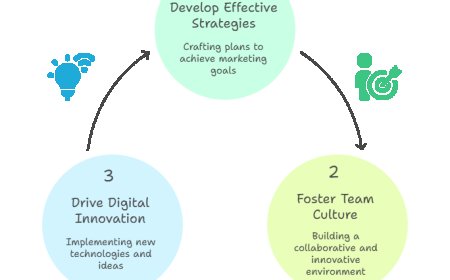Top Benefits of Using HRMS & Payroll Software for Business Efficiency
Top Benefits of Using HRMS & Payroll Software for Business Efficiency
In todays competitive business landscape, managing human resources and payroll efficiently is critical to maintaining productivity and compliance. Manual systems or disconnected tools can lead to errors, delays, and unnecessary administrative workload. Thats where integrated solutions like HRMS & payroll software and specialized HR payroll software come into play.
These tools are designed to simplify and streamline human resource operations, reduce payroll errors, and help businesses focus on growth rather than paperwork. In this article, well explore the top benefits of using HRMS and HR payroll software and how they contribute to better business efficiency.
1. Centralized Data Management
One of the biggest advantages of HRMS & payroll software is that it consolidates employee data into a single platform. From personal details to job history, salary records, attendance, and performance, all relevant information is stored securely and is easily accessible.
This centralization reduces duplication, improves data accuracy, and ensures consistency across departments. When HR and payroll systems are integrated, it becomes easier to manage information flow between teams and avoid miscommunication.
2. Time-Saving Automation
Manual HR tasks such as tracking attendance, calculating salaries, processing tax deductions, and generating payslips can be extremely time-consuming. HR payroll software automates these tasks, freeing up HR staff to focus on more strategic responsibilities like talent development and employee engagement.
Automated workflows mean fewer delays and faster processing, especially during monthly payroll cycles. With automation in place, the risk of missed deadlines or payment errors is drastically reduced.
3. Improved Accuracy and Compliance
Payroll errors not only frustrate employees but can also result in financial penalties or legal issues. With HRMS & payroll software, calculations are handled automatically based on predefined rules, policies, and regulatory guidelines.
Most modern HR payroll software solutions include tax computation modules, compliance tracking features, and built-in alerts for upcoming deadlines. This ensures accurate payroll processing while helping businesses comply with government regulations such as tax laws, social security contributions, and employee benefit requirements.
4. Enhanced Employee Self-Service
Todays workforce expects access to their personal information at any time. Self-service portals, often included in HRMS & payroll software, allow employees to:
-
View payslips and tax forms
-
Apply for leave and check balances
-
Update contact or banking information
-
Track performance goals and training sessions
By enabling employees to handle routine tasks themselves, HR teams spend less time on administrative requests and more time on strategic initiatives.
5. Real-Time Reporting and Analytics
Data-driven decision-making is essential for modern business success. Integrated HRMS & payroll software provides built-in reporting tools that offer insights into key metrics like labor costs, turnover rates, attendance trends, and payroll summaries.
These analytics can help managers make informed decisions about hiring, compensation planning, and organizational development. Customizable dashboards also allow HR leaders to monitor workforce performance in real time.
6. Scalability and Flexibility
As businesses grow, their HR and payroll needs evolve. Scalable HR payroll software can adapt to increasing headcount, new locations, or changing compliance requirements without major disruptions.
Flexible configuration options in HRMS & payroll software also allow companies to customize workflows, rules, and approval hierarchies to match their internal processes. Whether you have 10 employees or 1,000, the system can grow with you.
7. Cost Efficiency
While there may be an upfront investment in software, the long-term cost savings are significant. By reducing the time and manpower required for HR and payroll processing, businesses save money on administrative overhead.
Additionally, automation reduces the risk of costly errors or fines, and cloud-based solutions often eliminate the need for expensive hardware or IT maintenance.
8. Improved Employee Experience
Efficient HR and payroll systems directly impact employee satisfaction. When salaries are paid accurately and on time, and when HR processes are transparent and responsive, employees feel more valued and engaged.
By using HRMS & payroll software, companies can create a smooth, professional experience throughout the employee lifecyclefrom onboarding to retirement.
Conclusion
Incorporating HRMS & payroll software or a dedicated HR payroll software solution is no longer just a convenienceits a business necessity. These tools not only streamline complex HR and payroll tasks but also contribute to greater accuracy, compliance, and overall productivity.
Whether you are running a small business or managing a large enterprise, the right HR and payroll system can save time, reduce costs, and provide a better experience for both employees and HR teams. Investing in integrated software today sets the foundation for a more efficient and scalable organization tomorrow.



















